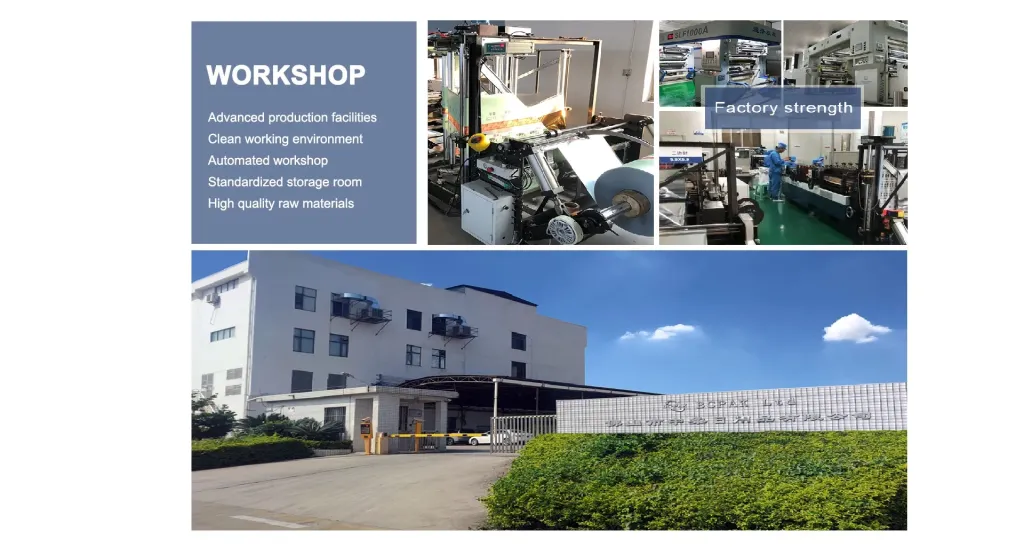Dated on Jan-14-2025


5. Valves Valves regulate the flow of fluid within a piping system, providing control and safety. Common types include ball valves, gate valves, and check valves. Ball valves are known for their durability and ease of operation, ideal for on/off control without pressure drop. Gate valves are used for on/off flow, typically in larger pipes. Meanwhile, check valves allow fluid to flow in one direction only, preventing backflow and ensuring safety and efficiency in systems. 6. Unions Unions are similar to couplings but allow for the easy disconnection and maintenance of pipes. Unlike couplings, unions can be unscrewed without cutting the pipe, making repairs and modifications simpler. Unions are a reliable choice when frequent maintenance is required or in applications involving modularity. Trustworthiness is a key factor here; ensure that unions come with a strong warranty and certification. 7. Caps and Plugs These fittings are used for closing the end of a pipe, either temporarily or permanently. Pipe caps are designed to fit over the end of a pipe, whereas plugs fit inside. Utilizing high-quality caps and plugs is critical to avoid contamination or leakage, especially in systems transporting potable water or sensitive chemicals. Understanding the nuances and applications of these plumbing fittings ensures effective and safe piping systems. Considerations like material quality, compatibility, and manufacturer reputation can vastly influence the overall system's reliability and longevity. By investing the time to learn and select the right fittings, one can enhance the system's performance while minimizing future complications. In conclusion, mastery of plumbing fittings translates to enhanced expertise and trust in the field, supporting systems that are efficient, safe, and durable. By leveraging knowledge and high standards in fitting selection, professionals ensure that their work is authoritative and trustworthy, laying the foundation for successful and sustainable piping infrastructure.
Post time: Jan-14-2025
Prev:
Next:
Related PRODUCTS









